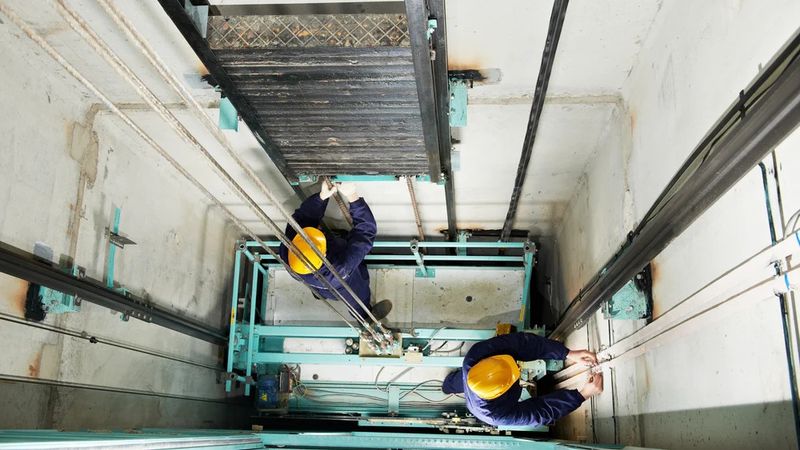How IoT-enabled predictive maintenance can support smart city infrastructure
Wireless technologies will help make critical equipment like elevators and transit systems more reliable as they endure increased strain post-COVID-19.
This article was first published on
blog.nordicsemi.comWireless technologies will help make critical equipment like elevators and transit systems more reliable as they endure increased strain post-COVID-19.
The way we meet and greet has changed in the wake of COVID-19. Handshakes and hugs have obviously disappeared, but many other daily habits have also changed. Consider how we now use elevators: Harvard's School of Public Health tells us not to talk and to stand apart, equally spaced. With some elevators even allowing only one person at a time, it would also seem that loneliness—rather than getting too close to others—is a more likely problem for passengers.
These changes are just starting a more significant shift in how essential services—like elevators, moving ways and transit systems—will work in the post-COVID era. The systems will need to work harder and smarter, supporting more trips as fewer people are allowed per trip. Greater uptime demands will also come more wear and tear, and therefore require more servicing.
Reimagining equipment maintenance
The situation forces a rethink about how infrastructure is monitored, to improve reliability where it's needed most.
For instance, despite being pivotal to city living, the elevator industry experiences over 24 million breakdowns and 190 million hours of downtime annually, according to ThyssenKrupp, a notable player in the elevator sector. Reactive servicing models are primarily to blame because technicians are only called after an issue has already been discovered.
Now, with advancements in sensor and network technologies, a much longer uptime for critical equipment like elevators could be possible. Under a concept called "predictive maintenance", wireless sensors placed on equipment can measure how it performs. For complex machinery like elevators, this information could include data such as heat, friction, noise, vibration and location.
Extending uptime for critical infrastructure
The capability of modern IoT devices means these solutions are being designed elegantly and in a way that minimises power consumption and bandwidth demands. For example, Nordic's nRF9160 SiP incorporates a powerful Arm Cortex M33 processor with basic AI that analyses the data from the sensors internally so that only essential information needs to be transmitted across the data link.
The fact that cellular IoT standards are continuing to improve is good news for the applications of predictive maintenance. For instance, cellular IoT's low power usage is vital for solutions using sensors that need to run for years on battery power. Also, because cellular IoT networks are part of existing network infrastructure that is continuing to attract investment, there is the potential for many advancements and innovations in predictive maintenance.
A win for all players
Consulting firm McKinsey estimates predictive maintenance could reduce maintenance costs by 10-to-40 per cent, equipment downtime by 50 per cent and equipment capital investment by three to five per cent by extending the useful life of machinery. The savings could be worth nearly $630 billion per year in 2025. So it's no surprise that a wide range of industries and services consider these solutions. A large amount of infrastructure critical to city functionality—sewers, water tanks, bridges, ATMs and automated parking gates, among others—could be revolutionised by sensors and cellular networks.
Looking to the future
Wireless sensor-based predictive maintenance could also cause an increase in environmentally sustainable infrastructure in cities. Devices like the nRF9160 SiP already support smart power grids by detecting minor faults such as fires and power surges.
Due to the skills involved, to successfully apply predictive maintenance solutions to a city's infrastructure, many different parties would need to work together, including equipment manufacturers, network operators, technology service providers, data analytics companies, and others. If this took place, then for many industries, it would mean using elevator terms—that the only way is up.
This article was first published on Nordic's Get Connected Blog.
